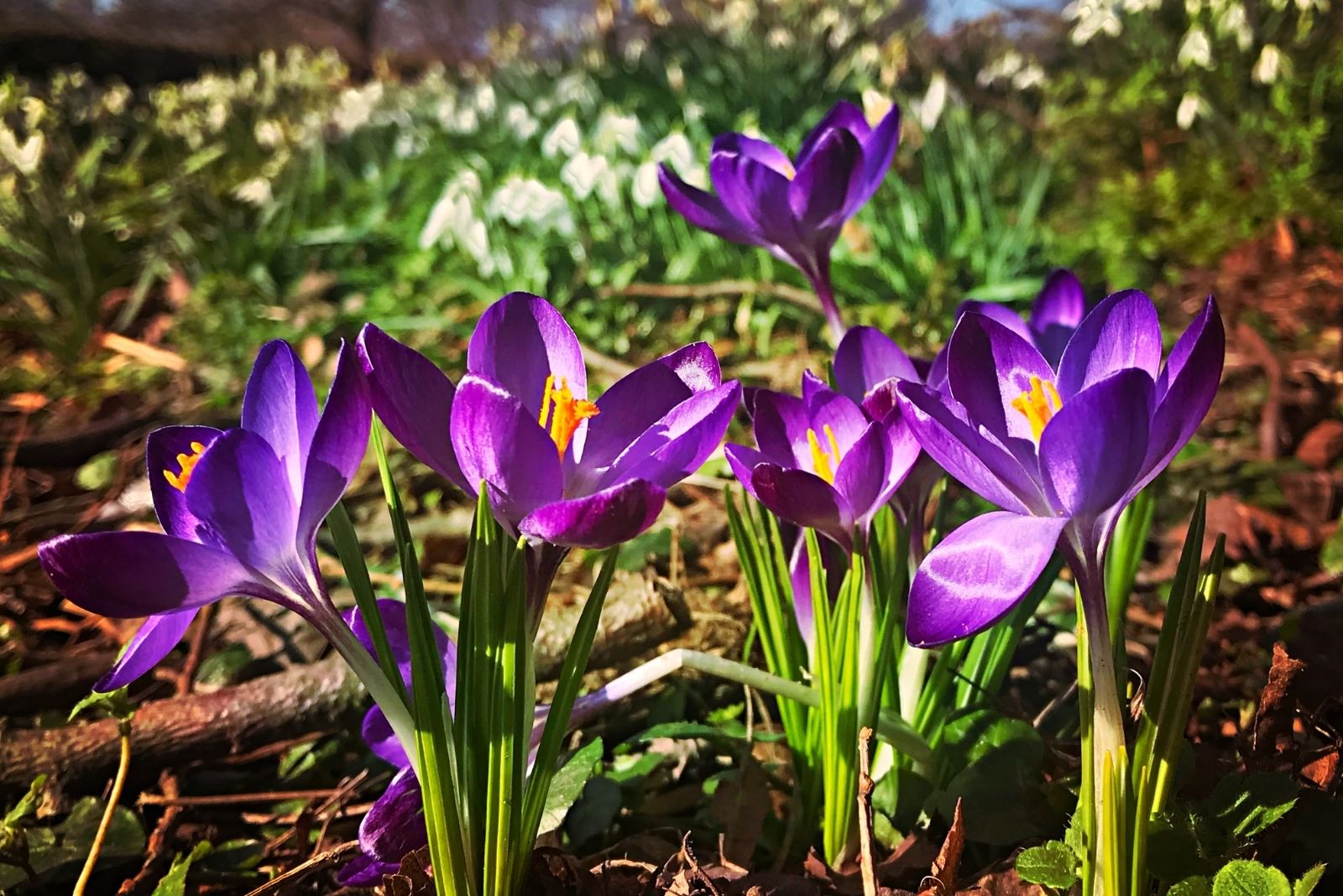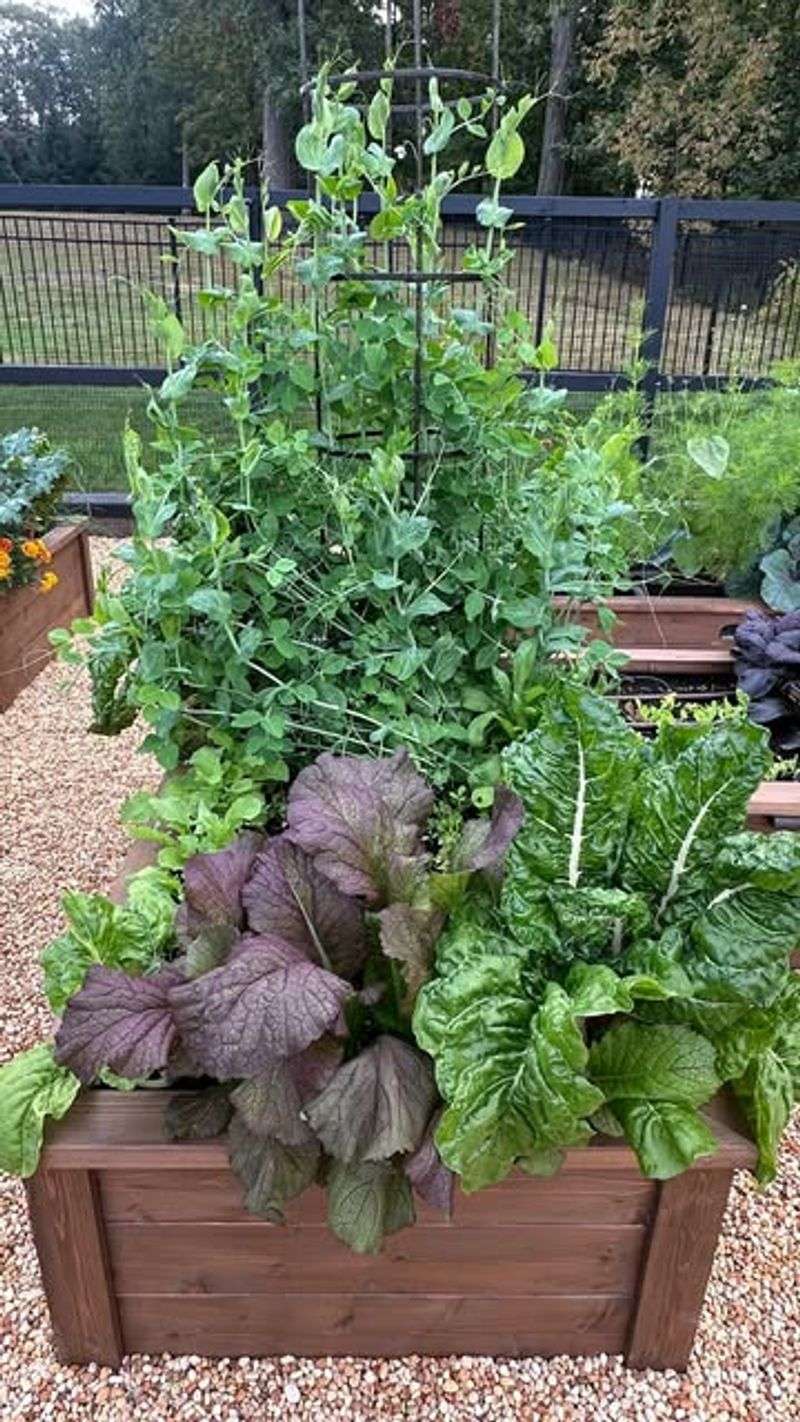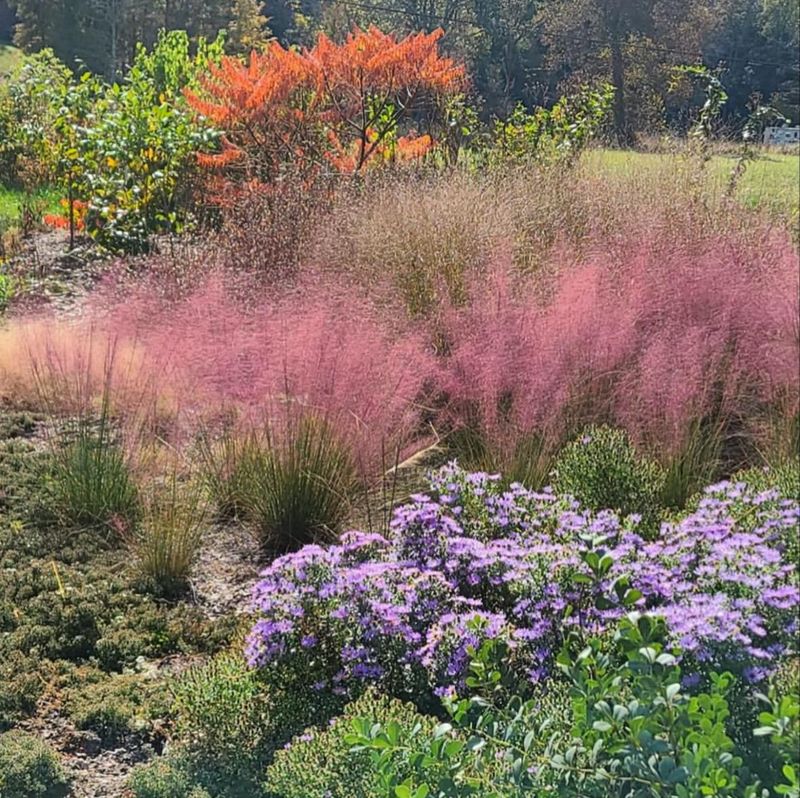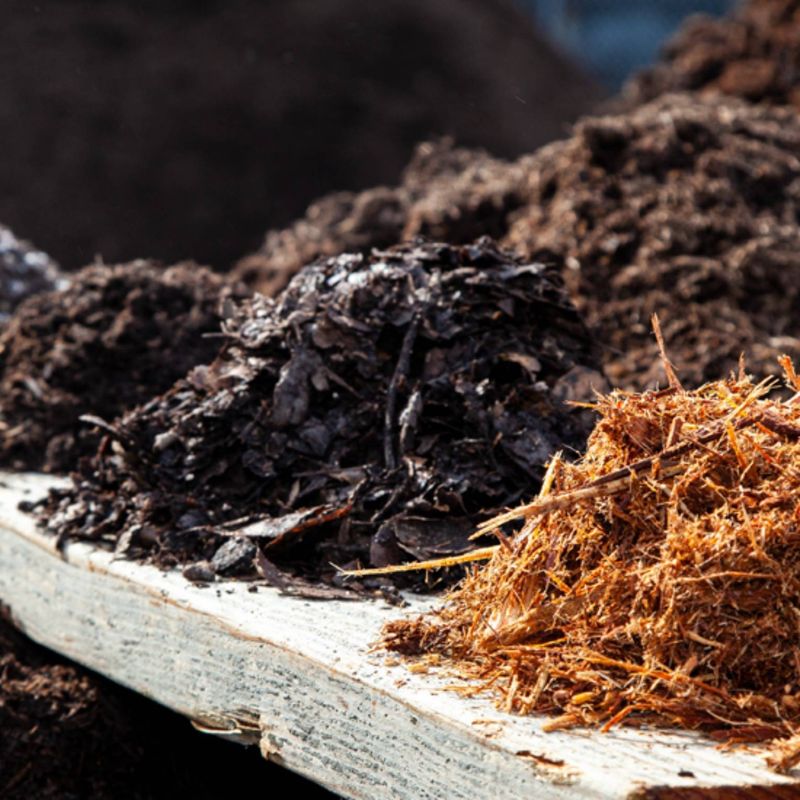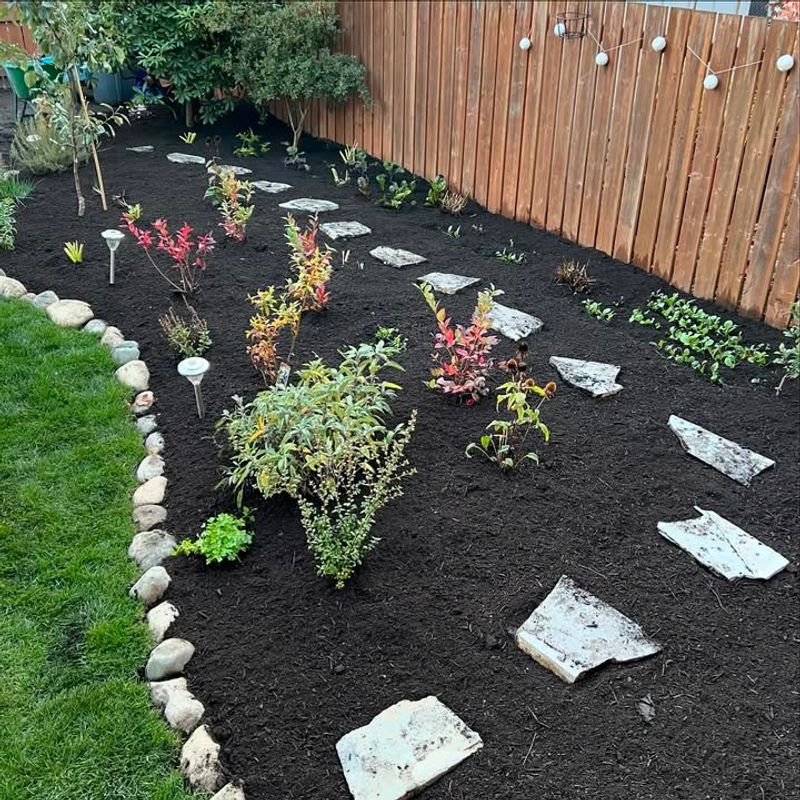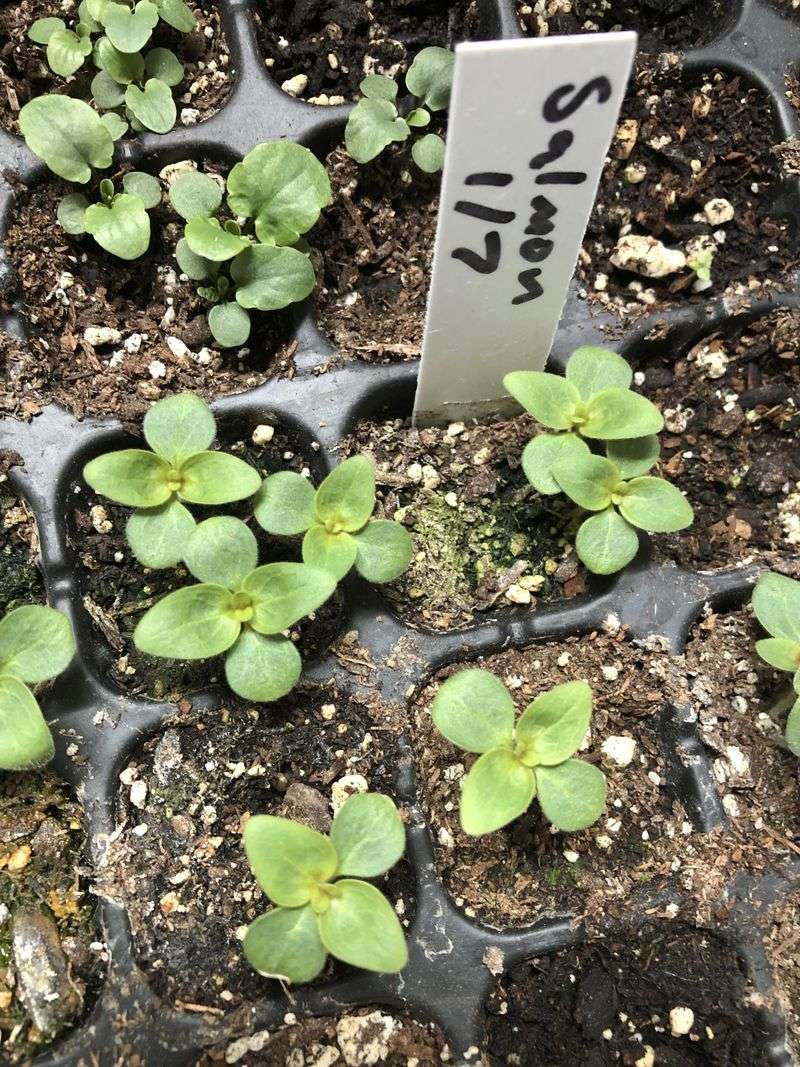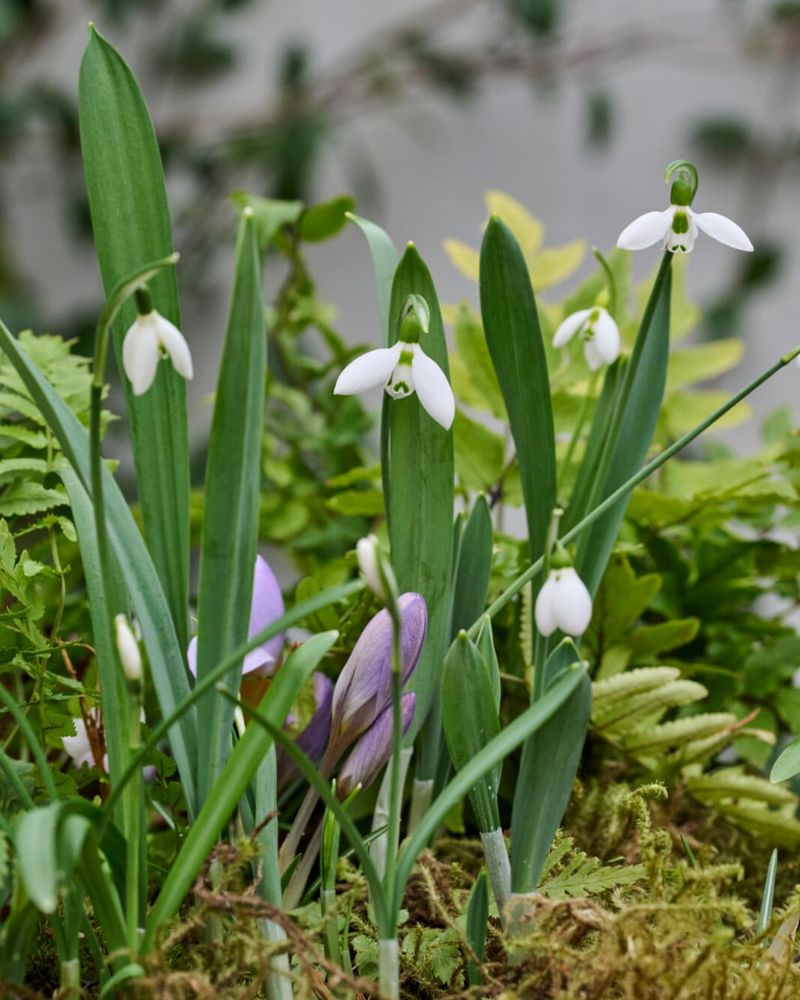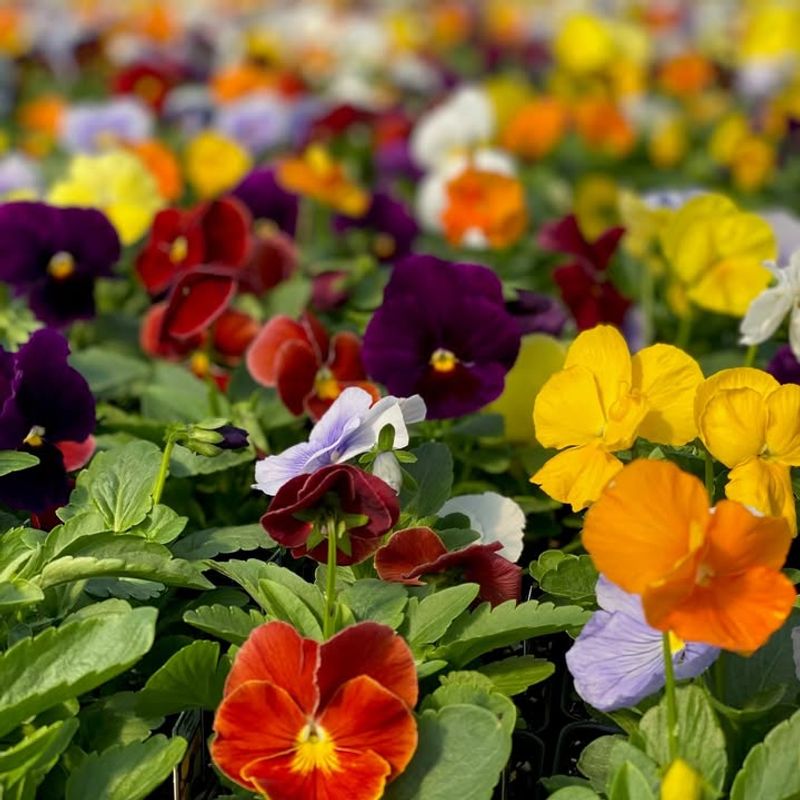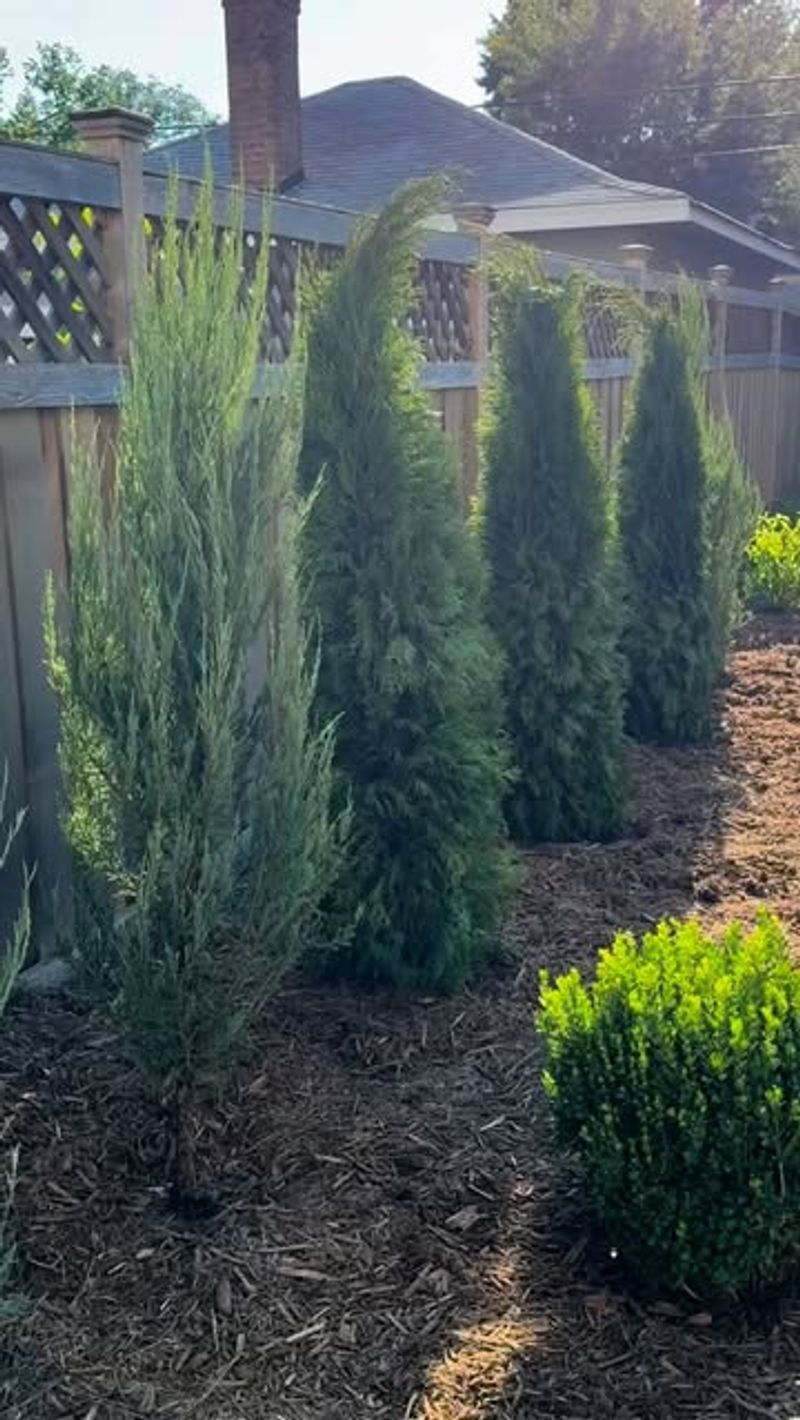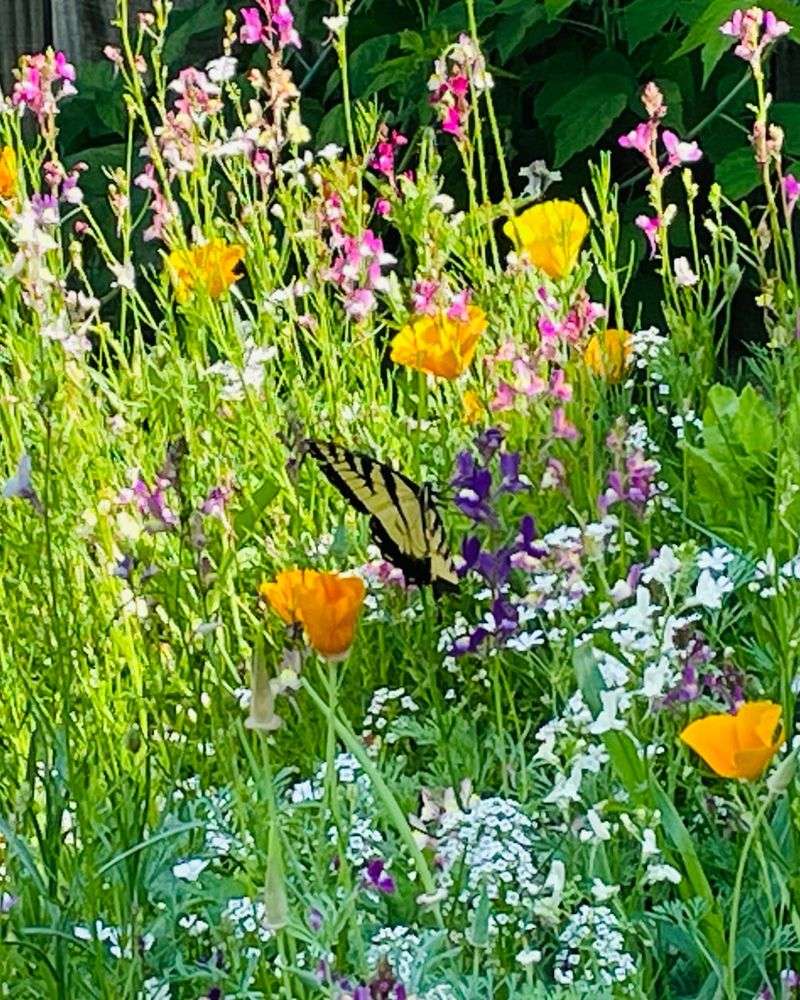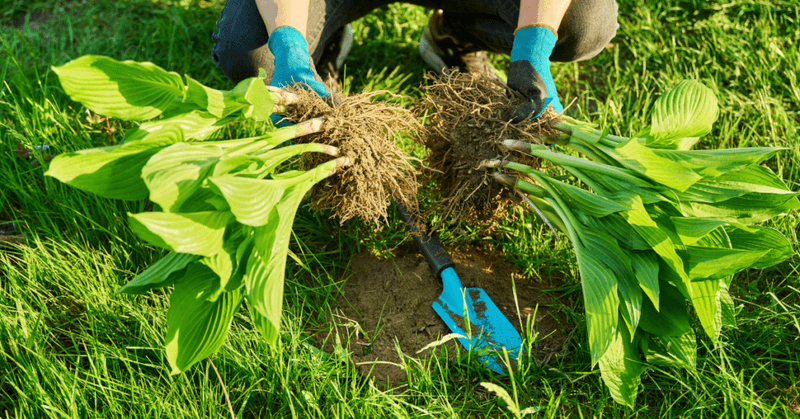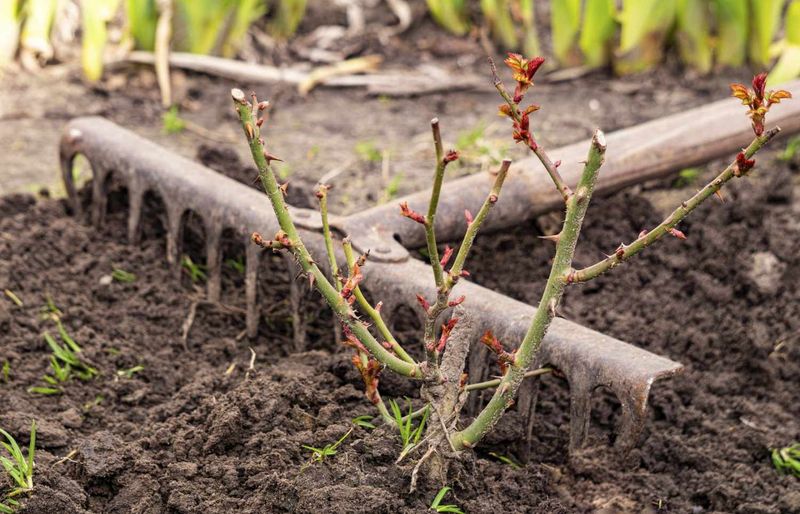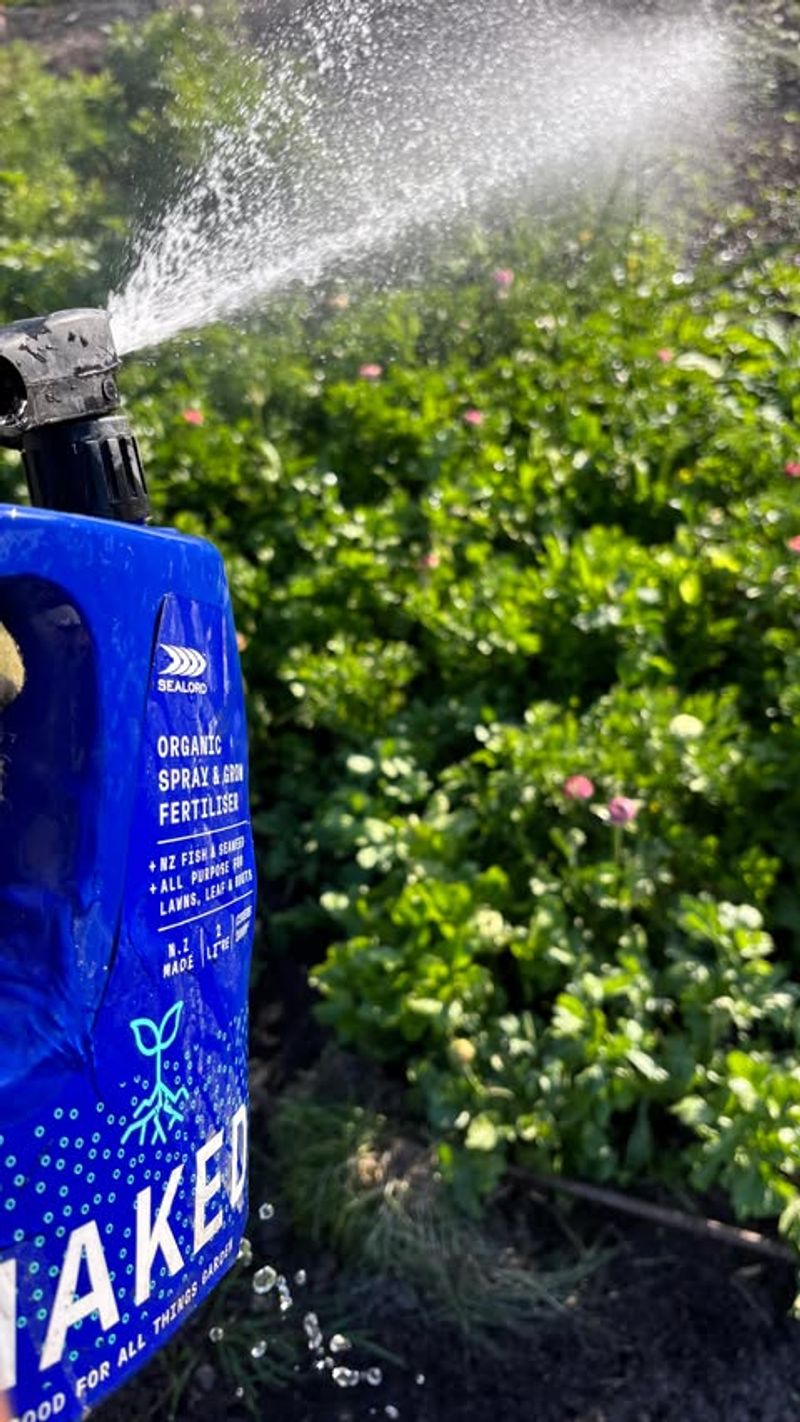South Carolina gardeners know that fall is one of the most rewarding times to work the soil. The cooler weather and gentle rains create perfect conditions for plants to establish strong roots before winter.
When spring arrives, those fall plantings burst into action, giving you a head start on color, vegetables, and healthy growth that summer plantings just can’t match.
1. Plant Cool-Season Vegetables For Early Harvests
In my garden, I always make room for leafy greens and root crops once September rolls around. Lettuce, spinach, kale, and Swiss chard thrive in our mild fall temperatures and taste sweeter after a light frost.
Carrots, radishes, and turnips also do well when planted now. They develop slowly through winter and are ready to pull by early spring.
I’ve noticed that starting these vegetables in fall means fewer pests and diseases compared to spring planting, which makes the whole process easier and more enjoyable.
2. Choose Native Perennials For Long-Term Success
Native plants like black-eyed Susans, coneflowers, and asters are perfectly suited to South Carolina’s climate and soil. Fall planting gives them time to settle in before the heat returns.
For me, natives require less water and maintenance once established, which saves time and effort. They also attract pollinators like bees and butterflies, adding life to the garden.
I always find it helps when I plant them in clusters rather than single specimens. Grouping creates a fuller look and supports local wildlife more effectively throughout the seasons.
3. Amend Your Soil Before You Plant Anything
South Carolina soil can be heavy clay or sandy depending on where you live, so adding organic matter makes a huge difference. Compost, aged manure, or leaf mold improves drainage and adds nutrients that plants need.
I dig in a few inches of compost before planting and notice stronger root development every time. Healthy soil means healthier plants that can handle winter cold and spring growth spurts.
Testing your soil pH is also smart. Most vegetables and flowers prefer a pH between 6.0 and 7.0, which you can adjust with lime or sulfur as needed.
4. Mulch Heavily To Protect Roots Through Winter
A thick layer of mulch acts like a blanket for your plants, keeping roots insulated during cold snaps. Pine straw, shredded leaves, or wood chips work well and break down over time to enrich the soil.
In my experience, mulching also reduces weeds and helps retain moisture, which is important even in cooler months. I apply about three to four inches around new plantings, keeping it away from stems to prevent rot.
Come spring, the mulch has settled and decomposed a bit, feeding the soil and giving plants a boost right when they need it most.
5. Time Your Planting Around First Frost Dates
Knowing your local frost date helps you plan what to plant and when. In South Carolina, the first frost typically arrives between mid-November and early December, depending on your region.
I count backward from that date to figure out when to sow seeds or transplant seedlings. Cool-season crops need about six to eight weeks before frost to establish, while perennials benefit from even earlier planting.
Timing it right means plants have enough time to root deeply without being stressed by sudden cold, which sets them up for a strong start in spring.
6. Select Spring-Blooming Bulbs For Early Color
Tulips, daffodils, crocuses, and hyacinths need a cold period to bloom, making fall the only time to plant them. In South Carolina, pre-chilled bulbs work best for tulips since our winters are milder than up north.
I plant bulbs about six inches deep in well-draining soil and group them in odd numbers for a natural look. They sit quietly underground all winter, then surprise you with flowers when everything else is just waking up.
For me, nothing beats the cheerful burst of color bulbs bring to the garden after months of gray and brown.
7. Add Pansies And Violas For Instant Appeal
Pansies and violas are cold-hardy annuals that bloom all winter long in South Carolina, making them a favorite for fall planting. They come in dozens of colors and brighten up beds, borders, and containers when everything else has faded.
I’ve noticed they handle light frosts without missing a beat and keep flowering until the heat of late spring finally slows them down. Deadheading spent blooms encourages even more flowers.
Planting them now gives you months of reliable color with very little effort, which is exactly what I want during the busy holiday season.
8. Start Trees And Shrubs While Roots Can Establish
Fall is the best time to plant trees and shrubs because the cooler air reduces stress while the soil stays warm enough for root growth. In South Carolina, this window runs from October through November.
I always water new plantings deeply and regularly during the first few months, even if it rains. Strong roots developed in fall mean less watering and better drought tolerance once summer heat arrives.
Azaleas, camellias, hollies, and dogwoods are all great choices that settle in beautifully when planted now and reward you with blooms or berries come spring.
9. Sow Wildflower Seeds For A Natural Meadow Look
Scattering wildflower seeds in fall gives them time to germinate slowly and develop strong roots before blooming in spring. Native species like coreopsis, blanket flower, and rudbeckia are perfect for South Carolina gardens.
I rake the soil lightly, broadcast the seeds, and press them down gently without covering them completely. Many wildflowers need light to sprout, so burying them too deep can prevent germination.
For me, wildflower meadows are low-maintenance and support pollinators, birds, and beneficial insects while adding natural beauty that feels relaxed and effortless.
10. Divide And Transplant Overcrowded Perennials Now
Fall is the ideal time to divide hostas, daylilies, irises, and other perennials that have outgrown their space. In my garden, I dig up clumps, separate them into smaller sections, and replant them with fresh compost.
Dividing in fall reduces stress on plants compared to spring, when they’re focused on flowering. It also gives you more plants to spread around the garden or share with friends.
I always water divisions well after planting and add mulch to help them settle in. By spring, they’re growing strong and ready to fill in gaps beautifully.
11. Prepare Beds For Bare-Root Roses Arriving In Winter
If you’re ordering bare-root roses for winter planting, fall is the time to prepare their beds. I dig deep holes, mix in compost and bone meal, and make sure drainage is good so roots don’t sit in water.
Roses planted bare-root in late winter establish faster than container roses planted in spring. Preparing now means you’re ready to plant as soon as they arrive, without scrambling in cold weather.
In my experience, fall prep leads to healthier roses that bloom earlier and more abundantly, making the extra effort in autumn totally worth it when spring arrives.
12. Plant Cover Crops To Enrich Soil Over Winter
Cover crops like crimson clover, hairy vetch, and winter rye are workhorses that improve soil structure and add nitrogen while your vegetable beds rest. I sow them in empty garden spaces after harvesting summer crops.
They grow slowly through fall and winter, protecting soil from erosion and suppressing weeds. In early spring, I cut them down and turn them into the soil as green manure.
For me, cover crops are an easy way to build healthier soil naturally, and they make a big difference in how well vegetables grow the following season.

